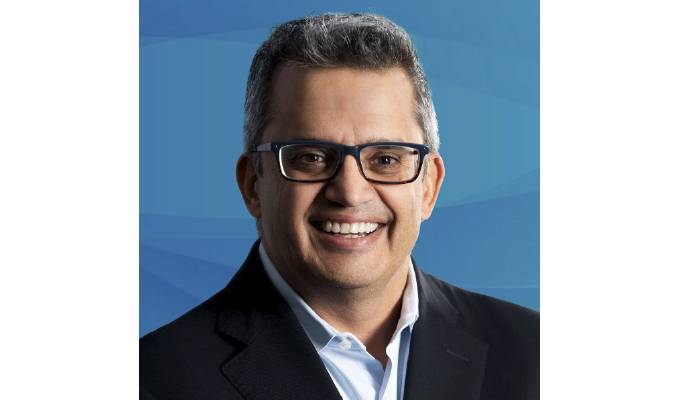As U.S. and European lawmakers tighten restrictions on toxic PFAS contaminants in water, utilities and businesses are working to safeguard drinking water supplies for communities. Often referred to as “forever chemicals,” PFAS are widely used, long lasting chemicals whose components break down slowly over time. Below, Snehal Desai, senior vice president and chief growth and innovation officer at Xylem, discusses how to address this challenge.
MPT: Before we discuss potential solutions, let’s lay out the problem. What are PFAS and why are they
a problem?
Snehal Desai: PFAS chemicals are human-made but have become widespread in some water sources across the country and can have potentially harmful effects on human and animal health. Estimates from the U.S. Environmental Protection Agency (EPA) show that one in eight public drinking water systems contain PFAS concentrations that exceed the maximum contaminant levels set out in their 2023 National Primary Drinking Water Regulation proposal.
MPT: How can PFAS concentrations be addressed? Where are these plans being put into action?
Snehal Desai: Xylem is working with municipal and industrial customers to address this challenge, with more than eighty PFAS mitigation installations in the U.S. alone.
For example, Stratmoor Hills Water District (SHWD), which oversees a combination of surface and groundwater sources in the foothills of Cheyenne Mountain in Southern Colorado Springs, has deployed selective ion exchange treatment aimed at countering the threat of PFOA and PFOS—two of the most commonly identifiable PFAS compounds of concern. Using selective single-use ion exchange technology, the utility has reduced contaminants to levels below compliance limits and mitigated water quality issues for its customers.
MPT: Is there a way to tackle PFAS concentrations before they reach heightened levels?
Snehal Desai: In Maine, the Kennebunkport, Kennebunkport & Wells Water District (KKWWD) took a proactive approach when it detected PFAS in one of its system’s supply wells. KKWWD worked with Xylem to deploy a granular activated carbon system that has treated more than 200 million gallons of water to meet the utility’s drinking water treatment goals.
Elsewhere in California, the Orange County Water District (OCWD) deployed over thirty liquid-phase media adsorption vessel systems to treat for PFAS, following a change in California law in 2020. The vessels were connected to existing drinking water wells to allow individual water districts to continue delivering drinking water in compliance for its more than 2.5 million customers.
MPT: What have these different cases taught you about taking on these “forever chemicals”?
Snehal Desai: The experience of these early adopters demonstrates that with the right technology and expertise, utilities can meet treatment and compliance goals cost-effectively for their communities.
FOR MORE INFORMATION
Xylem is a global water technology provider helping our customers solve the world’s toughest water challenges across utility, industrial, commercial, and residential markets worldwide. Over the last 100-plus years, Xylem’s unique combination of innovative products and services, proven expertise, and unmatched customer support have been helping to create a more water-secure and resilient world. Across the water cycle, Xylem’s innovative solutions use less energy, reduce operating expenses, and support sustainability efforts. By working together, Xylem ensures water is accessible, affordable, and safe for all. For more information, visit www.xylem.com.
MODERN PUMPING TODAY, February 2024
Did you enjoy this article?
Subscribe to the FREE Digital Edition of Modern Pumping Today Magazine!


